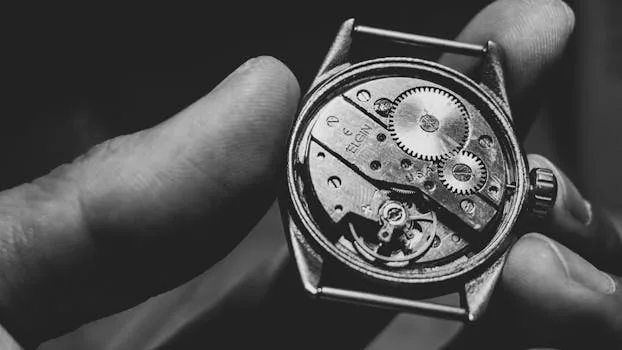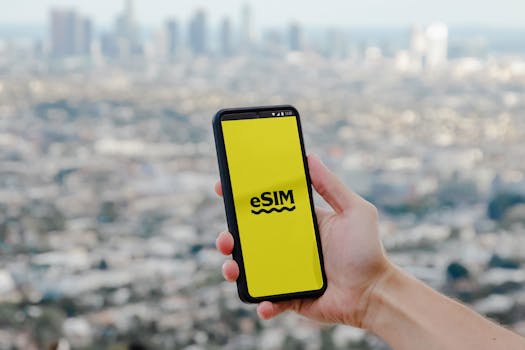
Quartz Technology and Traditional Watchmaking
Quartz technology has been a game-changer in the watchmaking industry. The introduction of quartz watches in the 1970s sent shockwaves through the traditional watchmaking world. Quartz watches were more accurate, required less maintenance, and were more affordable than their mechanical counterparts. In this article, we will explore the impact of quartz technology on traditional watchmaking.
A Brief History of Watchmaking
Traditional watchmaking dates back to the 16th century. Watchmakers used intricate mechanical movements to power timepieces. These movements were handmade, making each watch unique and often extremely valuable. The art of watchmaking was passed down through generations, with apprentices learning the skills of their masters.
The Quartz Revolution
The introduction of quartz technology in the 1970s changed the watchmaking landscape forever. Quartz watches used a battery-powered quartz crystal to regulate the timekeeping. This resulted in watches that were more accurate, reliable, and required less maintenance than mechanical watches. The first quartz watch, the Seiko Quartz-Astron 35SQ, was released in 1969 and marked the beginning of a new era in watchmaking.
Impact on Traditional Watchmaking
The quartz revolution had a significant impact on traditional watchmaking. Many traditional watchmakers struggled to compete with the accuracy and affordability of quartz watches. The industry experienced a decline in demand for mechanical watches, and many watchmakers were forced to adapt to the new technology or risk going out of business. However, some traditional watchmakers saw the quartz revolution as an opportunity to innovate and improve their craft.
The Resurgence of Mechanical Watchmaking
In recent years, there has been a resurgence of interest in mechanical watchmaking. Watch collectors and enthusiasts have come to appreciate the craftsmanship and beauty of mechanical timepieces. This has led to an increase in demand for high-quality mechanical watches, and many traditional watchmakers have seen a revival in their fortunes. The rise of luxury watch brands such as Patek Philippe, Rolex, and Omega has also contributed to the resurgence of mechanical watchmaking.
Conclusion
In conclusion, the impact of quartz technology on traditional watchmaking has been significant. While the quartz revolution posed a threat to the traditional watchmaking industry, it also drove innovation and improvement. Today, traditional watchmaking coexists with quartz technology, and the industry is more diverse and vibrant than ever. Whether you prefer the accuracy and affordability of quartz watches or the craftsmanship and beauty of mechanical timepieces, there has never been a more exciting time to be a watch enthusiast.






